Where to start
All our courses follow the Common European Framework of Reference for Languages (CEFR). As a rough guide, each core level takes around 15 hours of classroom learning.
We divide our courses into two broad stages — not based on how long you’ve studied, but on what kind of learning you're doing:
Core Levels: Beginner (A1.1) → Upper Beginner (A1.2) → Elementary (A2.1) → Upper Elementary (A2.2)
These are the stages where you build your foundation. You’ll receive most of your grammar input here, alongside structured practice to help you understand how the language works and start using it with confidence. Progress through these levels is based on what you’ve actually learned more than use (there’ll be time for that later!). Most students do each of these levels once, then move up.Expansion Levels: Intermediate (B1) → Upper Intermediate (B2) → Advanced (C1)
These levels are all about use. You already know the core structures, so now it’s about putting them into practice. You'll work with real-world materials, develop fluency, and refine how you speak, write, and understand Spanish. Each term is different, so you can stay at a level as long as needed without repeating content.
IMPORTANT: If your experience is mostly from apps, bear in mind that this doesn’t usually translate into classroom readiness. App-learning is very different from real interaction. If this sounds like you, get in touch and we’ll help you find the right level.
ONE MORE THING: Most students overestimate their level. If you’re feeling rusty or unsure, it’s better to start lower, since we can always move you up. Our courses tend to move faster than other schools, and the way we teach means you’ll still benefit, even if you’ve seen some of the material before.
What’s covered in each level
Core levels
BEGINNER (A1.1)
This is your starting point. You’ve never studied Spanish before — or maybe you know a few words and phrases but have no real grasp of how the language works, especially the verb system.
By the end of this course, you’ll be able to have simple conversations in everyday and holiday situations. You’ll know how to ask and answer basic questions, tell the time, talk about your likes and dislikes, describe where things are, and express essential information about yourself. You’ll also have a clear understanding of the building blocks of Spanish grammar — enough to get by, and enough to keep going.
Upper BEGINNER (A1.2)
You already have the basics. You’re familiar with present tense verbs — both regular and irregular — and have met reflexive verbs, simple commands, and gustar. Maybe you finished our Beginner course, or maybe you studied elsewhere and just need to pick things up again.
By the end of this course, you’ll be able to talk about past events (using pretérito indefinido), give directions, describe your habits, and handle most day-to-day conversations with some confidence. You’ll also be able to read and write short, simple texts. This is where things start to click.
ElementaRY (A2.1)
You’re no longer a beginner. You can follow and take part in basic conversations. You’re ready to go further and start using Spanish more naturally.
In this course, you’ll build fluency and range. You’ll work with real texts — from blogs, the news, or short stories — and start recognising patterns in the language. By the end, you’ll be able to express future plans, habits (using the pretérito imperfecto), talk about experiences in the past (using the pretérito perfecto), and handle longer conversations in familiar situations
Upper elementarY (A2.2)
You’re getting comfortable now. You know your way around the three main past tenses (indefinido, imperfecto, perfecto), and you’re used to working with real-life materials. You can read basic texts, write short messages, and have everyday conversations without too much hesitation.
In this course, you’ll learn to talk about hopes and wishes, describe situations in more detail, and speak about history or personal memories. You’ll keep refining your grammar and expanding your vocabulary — and you’ll start sounding more like someone who really speaks Spanish, not just someone who’s learning it.
Expansion levels
Intermediate (B1.1–B1.2)
You’re comfortable in Spanish and can hold conversations on a range of everyday topics. You can understand and respond to moderately complex spoken and written texts, and you’ve worked with a fair amount of grammar by now.
At this level, you’ll keep strengthening your command of the past tenses (indefinido, imperfecto, perfecto), and you'll use the present subjunctive with growing confidence. The focus is on practice: listening, speaking, reading, writing — with grammar used to support better, more confident communication.
upper INTERMEDIATe (B2.1–B2.2)
You have a solid grasp of Spanish. You’re able to follow native-level materials and express yourself clearly, even when things get nuanced or abstract. At this stage, the focus is less on learning new grammar and more on refining what you already know — and using it naturally.
You’ll work with all four main past tenses (indefinido, imperfecto, perfecto, pluscuamperfecto), conditional structures, and both present and imperfect subjunctive (si tuviera dinero...). You’ll engage with podcasts, articles, short stories, and films, and develop the kind of language that lets you express subtle opinions, narrate stories, or take part in deeper discussions.
ADVANCED (C1 - C2)
At this level, you’re fluent — or nearly there. You can understand complex, native-level materials and express yourself clearly, precisely, and with personality. The emphasis is now on nuance, idiomatic use, and cultural range.
Classes revolve around conversation, literature, film, translation, writing, and presentations. You’ll revisit grammar, but always in context — to polish your accuracy and stretch your expression. Expect to challenge yourself, expand your vocabulary, and push your Spanish into more sophisticated territory.

